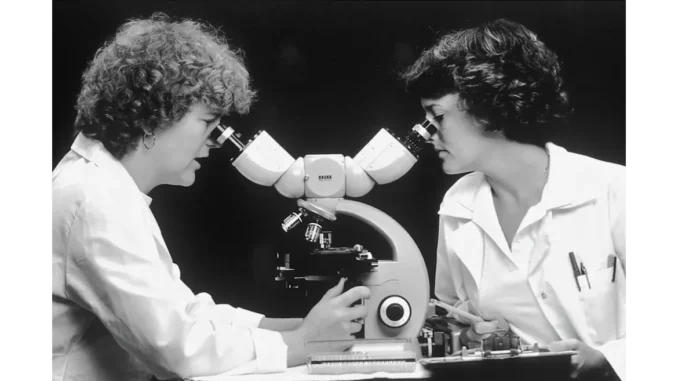
Cancer research has long been characterised by its complexity, a result of the intricate nature of tumours and their interactions with surrounding environments. Central to this complexity is the tumour microenvironment (TME), a dynamic ecosystem comprising tumour cells, immune cells, endothelial cells, fibroblasts, blood vessels, and the extracellular matrix (ECM). These components engage in multifaceted interactions that influence not only tumour progression but also the efficacy of treatments such as chemotherapy and immunotherapy. The TME’s role in cancer development and therapy resistance underscores the need for advanced research models that can faithfully replicate its complexity.
Traditional research models, such as patient-derived tumour xenografts (PDX), though valuable, present limitations regarding cost, time, and their ability to replicate the heterogeneity of human tumours. Enter organoid technology, a groundbreaking advancement that offers a promising alternative. Organoids are three-dimensional structures derived from stem cells, capable of mimicking the architecture and functionality of real tissues. This innovation enables researchers to explore the TME with greater fidelity than traditional two-dimensional cell culture models, paving the way for more nuanced cancer studies.
Organoids have transformed cancer research by providing models that are more physiologically relevant. Cultured from patient-derived cells, they preserve the cellular and molecular characteristics of in vivo tumours, thus allowing for a more accurate study of tumour heterogeneity and the intricate interactions within the TME. However, traditional organoid models are primarily composed of epithelial cells and often lack the complex interplay with other TME components. To address this, researchers have been incorporating additional stromal cell types into these models. This co-culture strategy enhances the complexity of organoids, offering a more realistic representation of tumour and microenvironment interactions. For instance, incorporating immune cells into organoid models has provided valuable insights into immune-tumour interactions, crucial for guiding precision cancer immunotherapy. A notable study demonstrated the inclusion of tumour-specific T cells within pancreatic tumour organoids, effectively replicating immune processes observed in vivo, such as immune cell migration and infiltration.
Innovative approaches have been developed to further the ability of organoids to mimic the TME. Techniques such as the air-liquid interface (ALI) method, microfluidic chips, and bioprinting are at the forefront of these advancements. The ALI method is particularly adept at integrating immune cells into organoid models, making it invaluable for immuno-oncology research. This technique allows for precise control over oxygen levels at the culture interface, maintaining vital epithelial-immune cell interactions and enabling detailed studies of immune processes within the TME. Microfluidic chips offer another dimension by providing a platform for creating multicellular, multi-parameter simulated TME environments. They allow for customisable chamber structures and channel combinations, facilitating precise spatial control over organoids, cell distribution, and fluid dynamics. These chips have been instrumental in exploring the TME’s role in immune cell recruitment and interaction modulation with cancer cells.
Bioprinting further enhances the potential for creating complex and functional 3D biological structures. By arranging active biomaterials and living cells with precision, bioprinting allows the construction of organoid culture systems that can replicate intricate environments suited to various tumour types. A recent study showcased the use of bioprinting to develop a vascularised lung cancer organoid model, successfully replicating the vascular perfusion system and the tissue-specific structural features of the TME.
The advent of organoid technology marks a pivotal moment in cancer research, offering unprecedented accuracy and physiological relevance for studying the TME. By integrating additional stromal components and embracing innovative methodologies such as the ALI method, microfluidic chips, and bioprinting, researchers are poised to unlock deeper insights into the complex interactions that drive cancer. This burgeoning knowledge is essential for developing more effective treatments and advancing precision medicine. As organoid technology continues to evolve, it promises to revolutionise our understanding of cancer biology and hold the potential to significantly improve patient outcomes, heralding a new era in the fight against cancer.


Be the first to comment